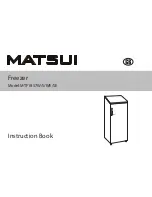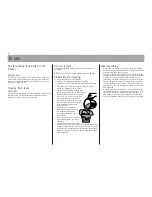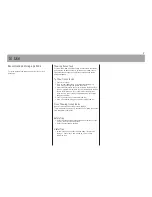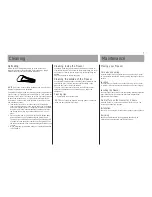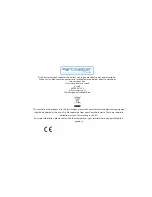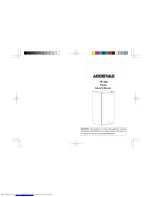
In Use
5
Recommended storage periods
For recommended food storage times, refer to your food
packaging.
In Use
Thawing frozen food
For some foods, thawing before cooking is unnecessary. Vegetables
and pasta can be added directly to boiling water or steam cooked.
Frozen sauces and soups can be put into a saucepan and heated
gently until thawed.
To Thaw frozen foods
1 Cover food loosely.
2 Thaw at room temperature. Don’t forget that thawing in a
warm area encourages the growth of bacteria.
3 Always make sure there are no ice crystals in the food before
cooking, particularly with meat. These crystals indicate that the
food is not fully thawed. They result in lower temperatures
when cooking. Lower cooking temperatures may not destroy
dangerous bacteria.
4 Cook food as soon as possible after thawing.
5 Drain off and throw away any liquid lost during thawing.
Oven Thawing frozen foods
Many microwaves and ovens have thaw settings.
To avoid bacterial build up, only use these if you intend to cook the
food immediately afterwards.
Safety Tips
• Never re-freeze anything that has thawed out unless you cook
it again, to kill off harmful bacteria.
• Never re-freeze thawed shellfish.
Useful Tips
• Re-seal packs properly after removing items. This prevents
drying or ‘freezer burn’ and a build up of frost on any
remaining food

